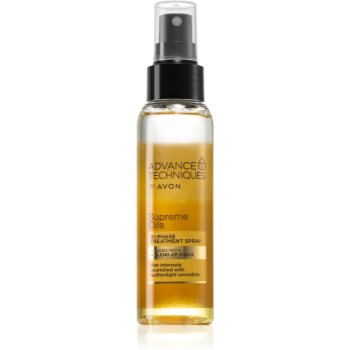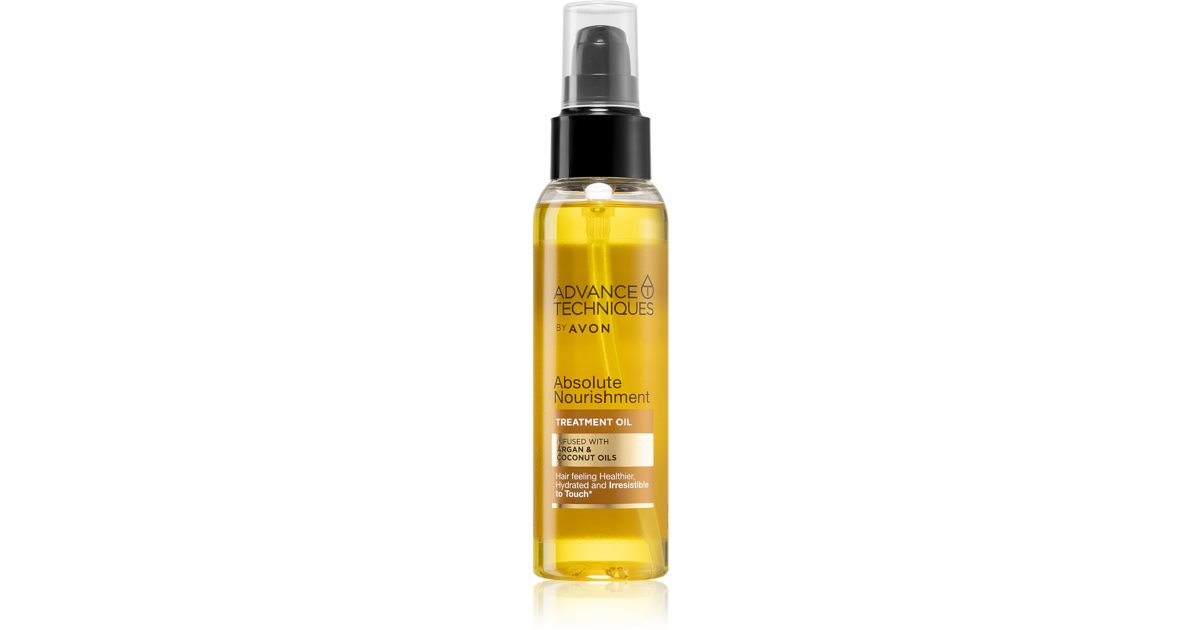
Cauti Ser tratament hidratant cu ulei de argan? Te asteptam pe site. Ti-am pregatit tot ce e mai bun. Portalul tau către o imagine de sine mai buna.

Avon Advance Techniques Absolute Nourishment Treatment Oil - Ulei de păr "Nutriție absolută" | Makeup.ro

Avon Advance Techniques Supreme Oils ser dublu pentru păr - Ingrijire Par - Uleiuri si Serumuri pentru Par

▷ Avon advance techniques deep restore ser pentru restructurare intensa a parului ⚡️ ⇒【2023】 - azk.ro

Avon - Set de ingrijire par, Avon, Sampon 400 ml , Balsam de par 250 ml , ulei hidratant 30 ml si punga cadou - elefant.ro

Ulei de par Absolute Nourishment Treatment Oil, Avon - Nutritiv cu ulei de argan si nuca de cocos 100 ml - eMAG.ro

Avon Advance Techniques Moisturising Serum - Elixir regenerant cu ulei de argan și cocos pentru păr | Makeup.ro

Șampon De Păr Pentru Femei - Preț Avon Advance Techniques Absolute Nourishment Șampon nutritiv cu ulei de argan marocan pentru toate tipurile de păr | LoveStyle.ro

Kit nutritiv pentru par Avon Advance Techinques cu ulei de argan, Sampon 400 ml/Balsam 250 ml/Ser 30 ml

Avon Advance Techniques 360 Nourish Moroccan Argan Oil Leave-In Treatment - Ser nutritiv cu ulei de argan marocan pentru păr | Makeup.ro













